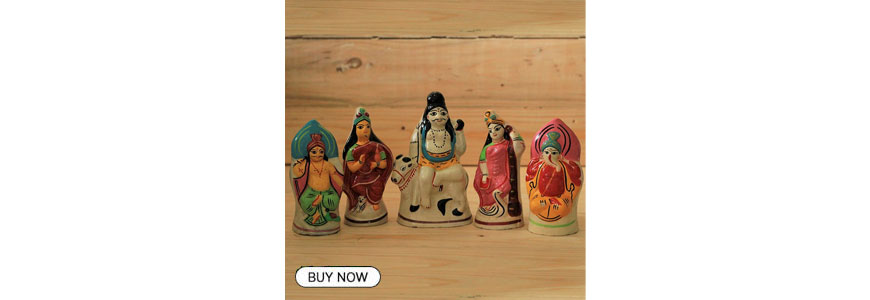The magnificent façade of Basu Bati reminds us of a lost heritage – GetBengal
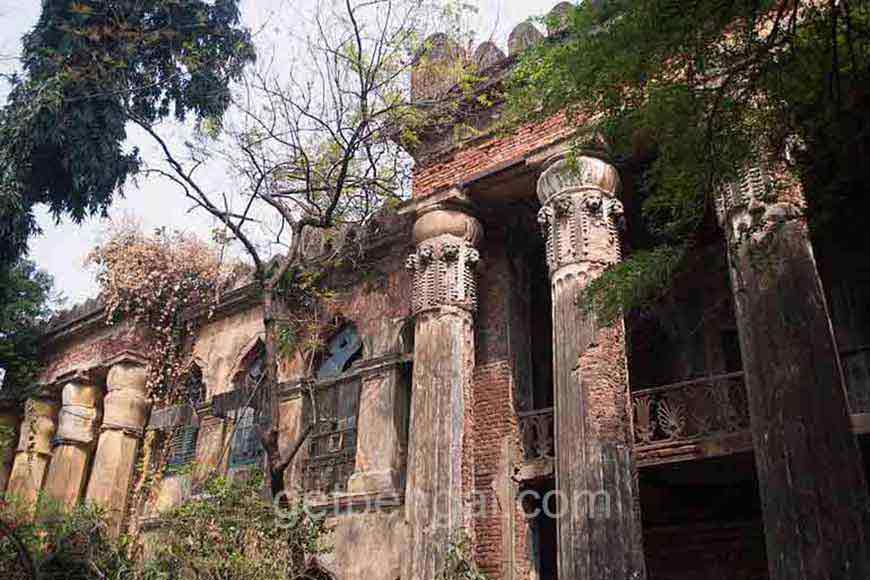
Bagbazar in North Kolkata was once home to at least a dozen Bonedi Bari, or palatial mansions, belonging to the aristocratic families of Bengal. However, today, many of these historic houses stand neglected, their grandeur faded, and their existence threatened by legal disputes among family members. One such mansion, Basu Bati, has witnessed a similar fate. Once extending to the Maratha Ditch Lane, it now lies hidden behind encroachments, with some parts sold off, others taken over by squatters, and a few remnants still clinging to their former glory.
Basu Bati, as it is popularly known, stands out among the grand houses of Old Kolkata due to its unique architectural features. The mansion is particularly distinguished by its unusually decorated columns. Each massive column is topped with a circle of lion's heads in relief, a departure from the more common scrolls or floral motifs found in other houses. These lion's heads are connected by double rows of beads shaped in stucco, adding to the intricate detailing of the structure.
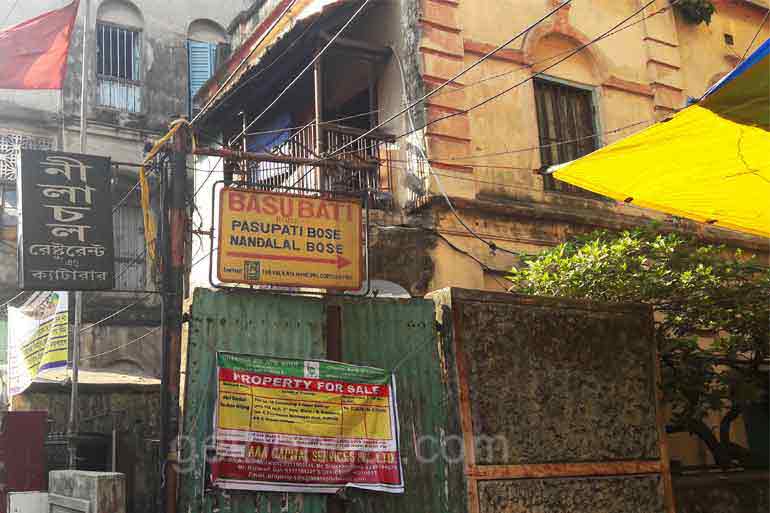
Additionally, the ground floor of Basu Bati features Islamic-style archways that lead to a series of waiting rooms and storerooms. However, many of these rooms are now in a state of decay and destruction, highlighting the challenges faced by historic buildings in Kolkata. Despite its current condition, Basu Bati remains a significant architectural landmark, showcasing a blend of artistic influences and historical charm.
Originally, Basu Bati had four courtyards, with the main courtyard being particularly magnificent. It featured a Thakur Dalan, a ceremonial hall lined with tall columns, where various festivals like Durga Puja and Jagadhatri Puja were celebrated. The courtyard was surrounded by rooms on three sides, with the northern end housing the Thakur Dalan and steps leading to the worship platform. Intricate and ornate Gothic-style archways with influences from Mughal and ancient Bengali architecture adorned the area behind the platform.
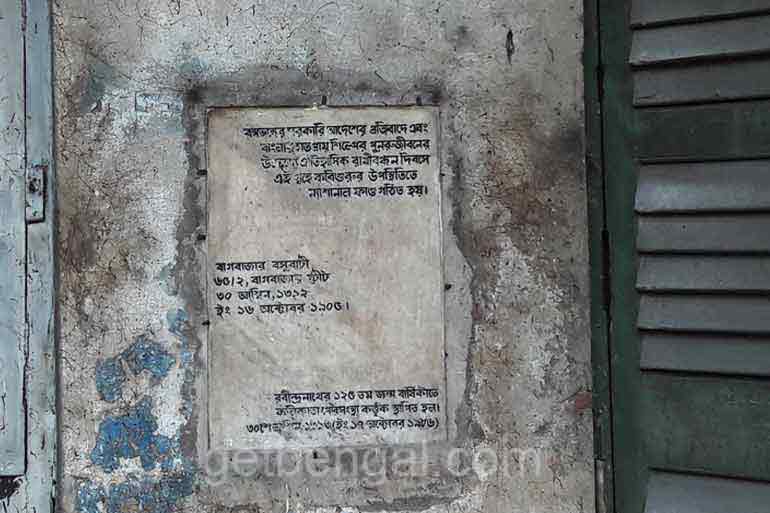
Today, the once-grand area is poorly maintained, with only traces of its former beauty remaining. Highly decorative murals and reliefs with original turquoise and amber paintwork can still be seen, albeit faded. The murals depict various deities such as Shiva, Durga, Maheshwar, Brahma, and Parvati, as well as battle scenes from the Ramayana and Mahabharata. Interestingly, among these traditional motifs, there are also paintings of British soldiers in uniform, reflecting the influence of colonial rule.
The famous Durga Puja of Basu Bati is no longer held, and apart from the sitting room on the ground floor, which still retains some of its former glory and furnishings, very little remains of the interiors that once epitomised a grand era.
Enormous oil paintings of the family's ancestors still adorn the dust-laden walls of Basu Bati. Many of these paintings were created by the artist Bamapada Mukherji. The mansion was once known for its opulence, boasting a gold ceiling, large chandeliers, and walls that were 24 feet high. It also featured a dancing room with a stage, rows of chairs for guests, and a zenana (women's quarters) on the upper floor, allowing women and children of the family to view performances held below.
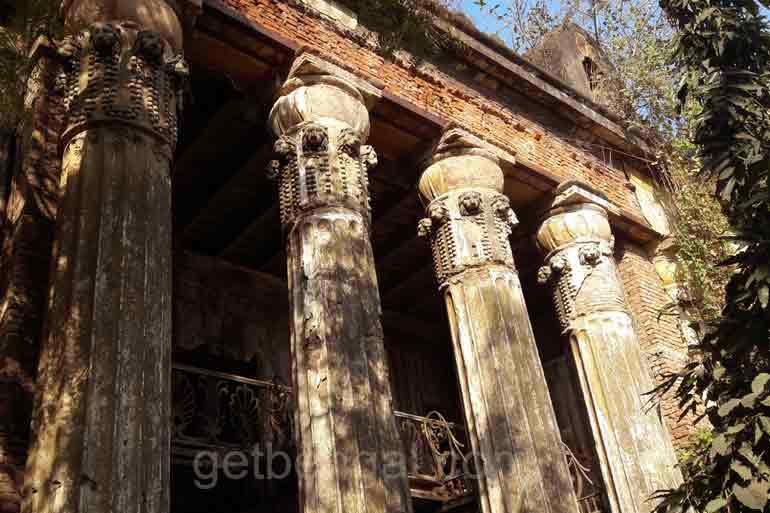
The Basu Bati was designed by a well known Bengali engineer, Nilmoni Mitra who incorporated traditional Bengali architectural elements, and set it apart from other palatial mansions. The Basu family's rise in fortunes, starting from humble beginnings and culminating in the construction of Basu Bati after Mohendra's inheritance, adds a rich historical context to the mansion's legacy. The Basu family, consisting of three brothers - Mohendra, Nandalal, and Pashupati - began their journey from humble origins. Their fortunes took a turn in 1874 when Mohendra inherited a significant portion of their uncle's zamindari in Gaya after his passing. Following Mohendra's demise, his brothers commenced the construction of Basu Bati, a testament to their evolving prosperity and ambition.
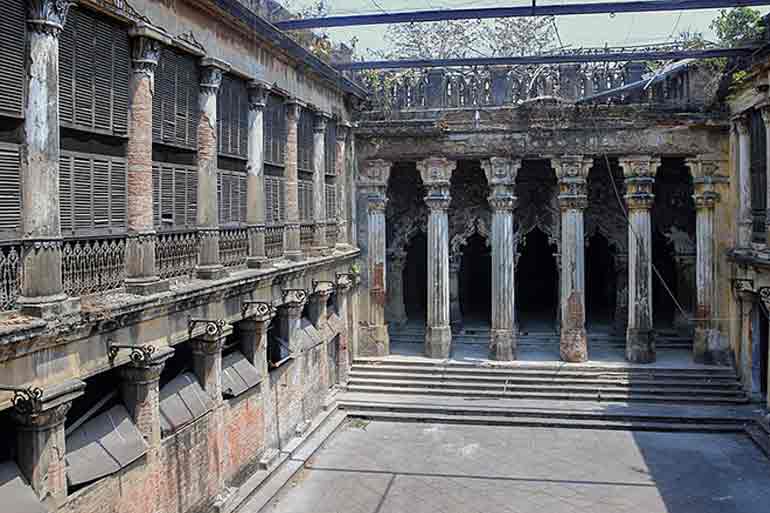
Nandalal Basu's religious inclinations led to the welcoming of many spiritual figures at Basu Bati, including Ramakrishna Paramahansa. His influence is seen in the hand-painted Kalighat style images of Hindu deities adorning the French doors of the main sitting room. In contrast, Pashupati Basu's love for theatre brought personalities like Girish Ghosh and other actors and playwrights to the house. Notably, the play "Victory of Pandavas" was performed here before Wajid Ali Shah, the last ruler of Awadh, who was in British captivity in Kolkata.
Today, the mansion's exterior, though magnificent, stands as a solemn reminder of a family's lost opulence. Parts of the house and its artefacts have been gifted to the Kolkata Municipal Corporation, preserving a glimpse of its rich history.







